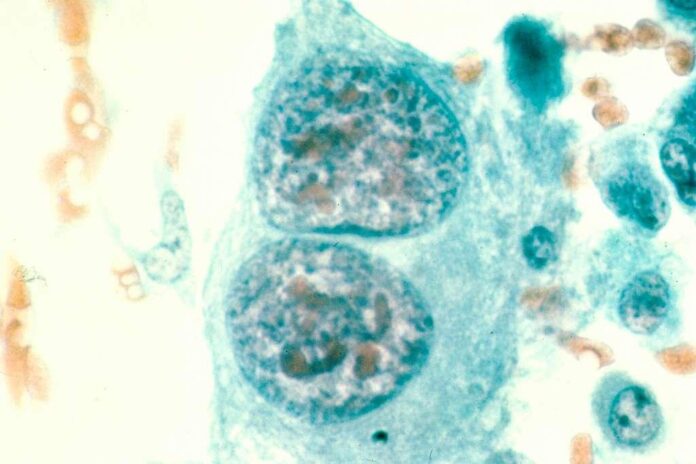
Understanding Bone Cancer: How Age Impacts Diagnosis and Treatment
Bone cancer is a rare cancer that occurs in the bones of the body. It can affect people of all ages, but age can play a significant role in the diagnosis and treatment of bone cancer. Understanding how age impacts the diagnosis and treatment of bone cancer is crucial for patients and their healthcare providers.
In this article, we will delve into the various aspects of bone cancer and how age can influence the diagnosis and treatment of this disease. We will discuss the different types of bone cancer, the symptoms, the diagnostic process, and the treatment options available for patients of different age groups.
Types of Bone Cancer
There are several different types of bone cancer, each with its own unique characteristics. The most common types of bone cancer include osteosarcoma, chondrosarcoma, and Ewing sarcoma.
Osteosarcoma is the most common type of bone cancer, and it usually affects children and young adults. It typically occurs in the long bones of the body, such as the arms and legs. Chondrosarcoma, on the other hand, is more common in older adults and usually develops in the cartilage of the bones. Ewing sarcoma is a rare type of bone cancer that primarily affects children and young adults.
Symptoms of Bone Cancer
The symptoms of bone cancer can vary depending on the type and location of the cancer. Some common symptoms of bone cancer include:
– Bone pain
– Swelling or a lump near the affected area
– Fractures or breaks in the bone
– Fatigue
– Unintended weight loss
Diagnosing Bone Cancer
Diagnosing bone cancer can be challenging, as the symptoms are often similar to those of other musculoskeletal conditions. However, there are several tests and procedures that can help diagnose bone cancer, including:
– Imaging tests, such as X-rays, CT scans, and MRI scans, can help visualize the affected area and detect any abnormal growth or tumors.
– Biopsy, which involves removing a small sample of tissue from the affected bone and examining it under a microscope to determine if cancer cells are present.
Age and Diagnosis
Age can impact the diagnosis of bone cancer in several ways. For example, younger patients may experience more rapid growth of the cancer, leading to more pronounced symptoms. On the other hand, older patients may have other age-related conditions that can mask the symptoms of bone cancer, making it more challenging to diagnose.
Additionally, younger patients may be more likely to have primary bone cancer, whereas older patients are more likely to have bone metastases from other cancers. This difference in the type of bone cancer can also affect the diagnostic process and treatment options.
Treatment Options
The treatment of bone cancer depends on several factors, including the type and stage of the cancer, as well as the patient’s overall health and age. Treatment options for bone cancer may include:
– Surgery to remove the cancerous growth or affected bone
– Chemotherapy to kill cancer cells and prevent them from spreading
– Radiation therapy to destroy cancer cells and shrink tumors
– Targeted therapy, which uses drugs to attack specific abnormalities within cancer cells
Age and Treatment
Age can also impact the treatment options for bone cancer. Younger patients may be better able to tolerate more aggressive treatments, such as high-dose chemotherapy and limb-salvage surgery. Conversely, older patients may have other health concerns that limit their ability to undergo certain treatments.
In some cases, the location and size of the tumor may also impact the treatment options. For example, in children with osteosarcoma, limb-salvage surgery may be preferred to amputation, as it can preserve the affected limb and allow for better mobility and function.
In older adults, the goal of treatment may be more focused on managing symptoms and improving quality of life, rather than curing the cancer. Palliative care and pain management may be essential components of the treatment plan for older patients with bone cancer.
Conclusion
Age can play a significant role in the diagnosis and treatment of bone cancer. Understanding how age impacts the various aspects of bone cancer is crucial for both patients and healthcare providers. By considering age-related factors, such as the type of bone cancer, symptoms, diagnosis, and treatment options, healthcare providers can tailor a more personalized and effective approach to managing bone cancer in patients of different age groups. Ultimately, the goal is to provide the best possible care and outcomes for all individuals affected by bone cancer.












